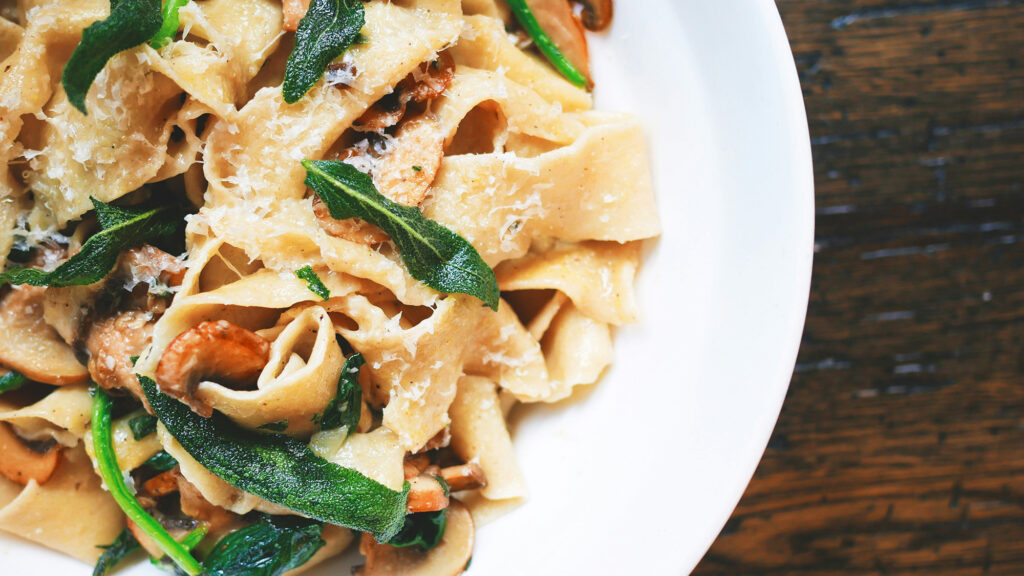Curry rice is a popular dish found in many cultures worldwide. However, rice has a high glycemic index, which can cause a spike in blood sugar levels if not consumed with other macronutrients. When you consume rice alone, the body rapidly converts carbohydrates into glucose, increasing blood sugar levels. This sudden spike can harm glucose metabolism and lead to long-term health consequences.
Optimise your Curry Rice Meal
• Avoid pressure cooking the rice as it increases the glycemic index.
• Consider throwing away the starchy water while cooking to remove excess carbohydrates.
• Consider adding a protein source to the curry, such as egg or paneer curry, as it helps to balance blood sugar levels and reduces the meal’s glycemic index.
• You may add a bowl of salad or sautéed veggies to the meal to increase fibre intake and improve glucose metabolism.
Adding protein and fibre in the form of vegetables can help slow down the digestion of carbohydrates, thus reducing the impact on blood sugar levels. A balanced meal with curry rice can help regulate blood sugar levels, improve insulin sensitivity, and prevent long-term health complications. This balanced meal can benefit fitness enthusiasts and those looking to lose weight or maintain blood glucose.







